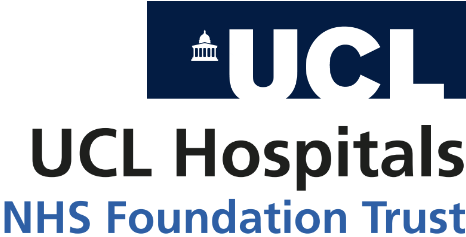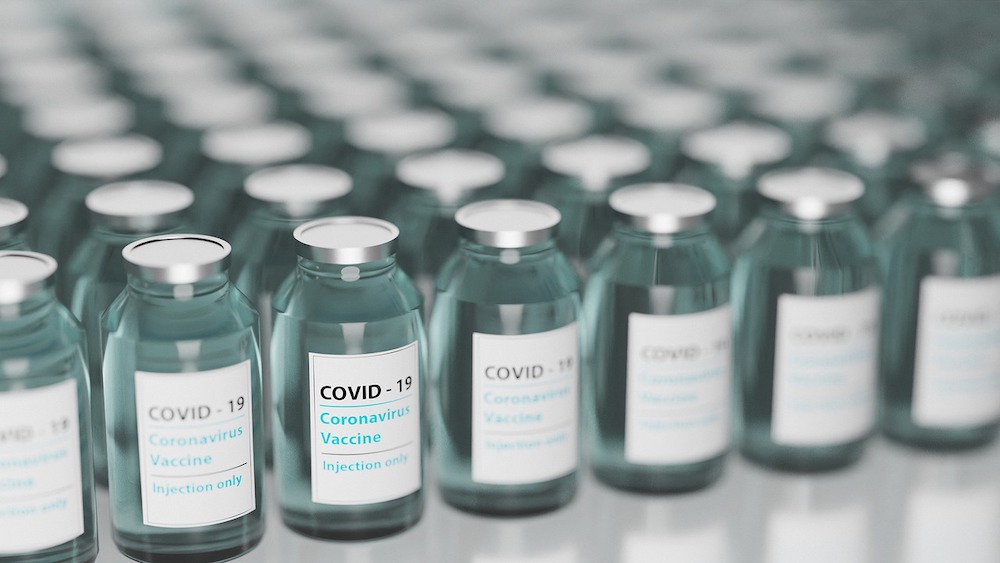A recent comprehensive report by UCL researchers in collaboration with the Race Equality Foundation and charity Doctors of the World revealed that the COVID-19 pandemic disproportionately affected ethnic minority and migrant communities.
The report drew its data from UCL’s Virus Watch study, which regularly surveyed a cohort of 60,000 people in England and Wales during the pandemic.
The report found that ethnic minorities and migrants faced an increased risk of infection, hospitalisation, and death, as well as limited access to sick pay, inadequate support schemes and unequal vaccination coverage.
The report called for evidence-based policies and inclusive approaches to address systemic barrier to healthcare access and tackle the underlying social determinants of health. It emphasised the need for targeted interventions and public health campaigns to raise awareness and mitigate the disproportionate impact of COVID-19 on ethnic minority and migrant communities. Additionally, implementing inclusive and accessible sick pay policies, strengthening support schemes as well as ensuring equitable vaccine distribution, were highlighted as essential measures to protect these vulnerable populations.
This work has been reported on: Medical Express, my Science, Mirage News.
For a link to the full report please see: https://raceequalityfoundation.org.uk/health-and-care/not-by-choice-the-unequal-impact-of-the-covid-19-pandemic/


